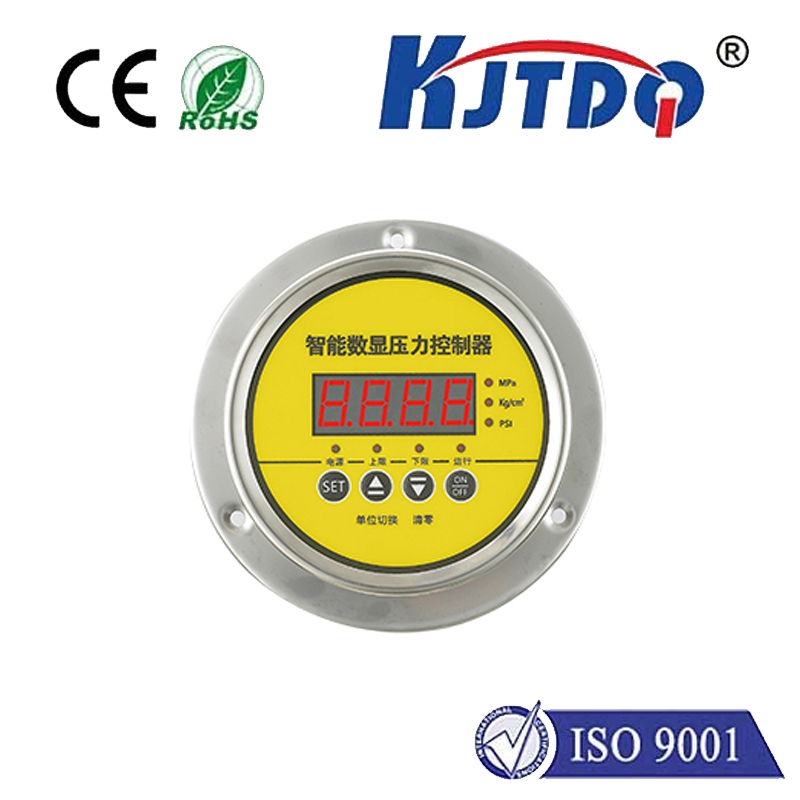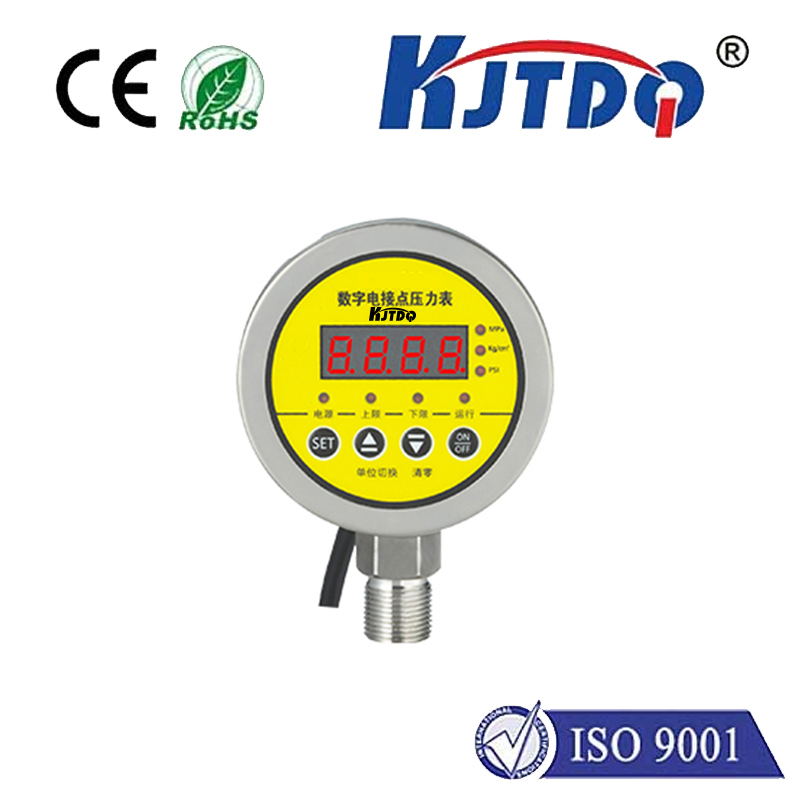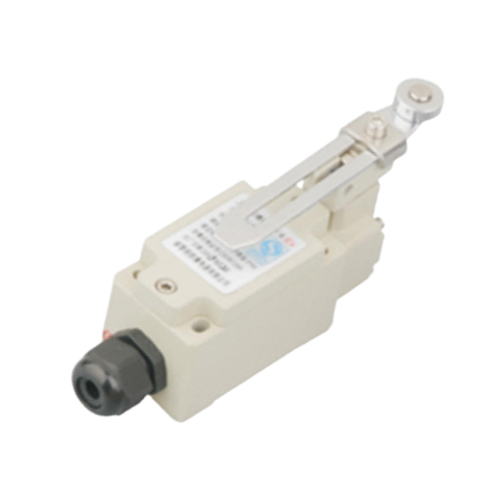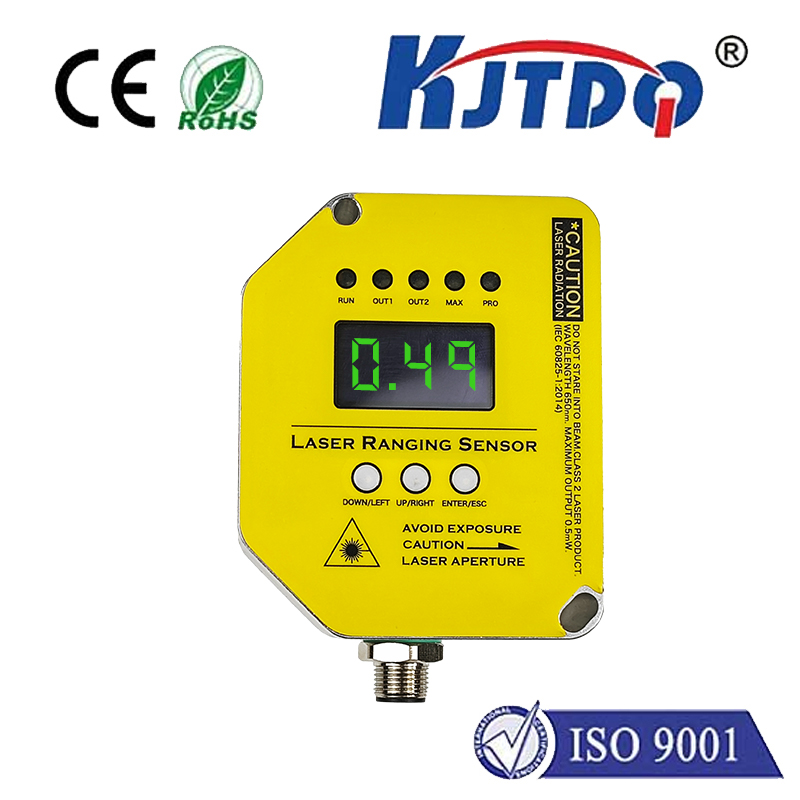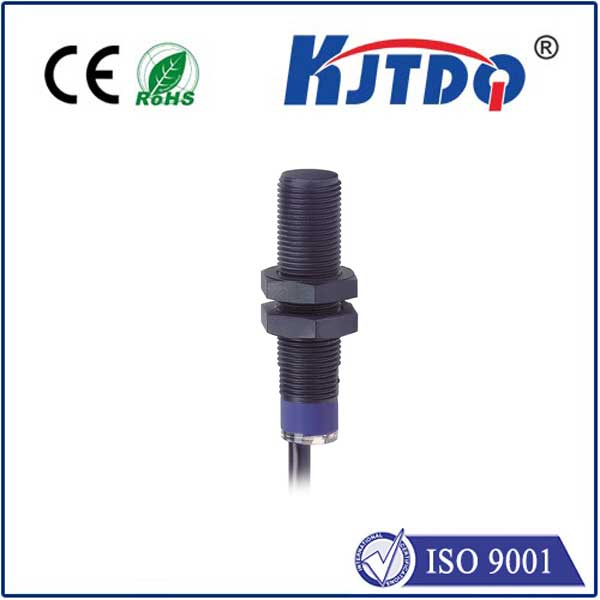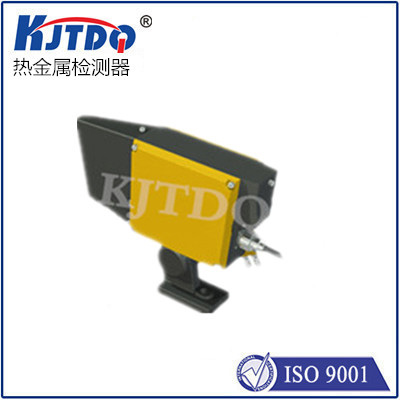МЛ ограничительный переключатель
- time:2025-08-06 11:43:24
- Нажмите:0
The ML Limit Switch: Revolutionizing Industrial Safety and Predictive Maintenance
Imagine a critical production line grinding to a halt because a simple $15 limit switch failed unexpectedly. The costs? Thousands in lost productivity, potential safety risks, and frustrated maintenance teams scrambling. This scenario, all too familiar in industrial settings, is precisely where the convergence of traditional hardware and cutting-edge Machine Learning (ML) is creating a transformative solution: the ML-enabled limit switch.
Understanding the Foundation: The Humble Limit Switch
At its core, a limit switch is a fundamental electro-mechanical device used extensively in automation and machinery. Its purpose is straightforward: detect the presence or absence, or the movement limits, of an object. When an actuator (like a cam, lever, or plunger) on the switch is physically moved by the target object, it causes electrical contacts within the switch to open or close. This simple action sends a crucial signal to a machine’s control system – “part in position,” “door closed,” “axis at end of travel,” or “safety gate engaged.”
For decades, these devices have been the unsung heroes of factory floors, ensuring sequences operate correctly, machinery doesn’t over-travel, and safety protocols are initiated. However, they’ve largely operated in a reactive manner. They signal a state, but offer little insight into their own health or the conditions leading up to a signal change.
The Challenge: Reactive Maintenance and Unplanned Downtime
Traditional limit switches have limitations:

- Reactive Failure: They typically fail silently or only indicate failure when they no longer perform their primary function – often causing an immediate production stoppage.
- Wear and Tear Blindness: Factors like mechanical wear on the actuator, contamination ingress (dust, oil, coolant), contact arcing, or loose connections degrade performance over time, but this degradation is rarely monitored proactively.
- Environmental Vulnerability: Harsh industrial environments – vibration, temperature extremes, humidity, chemical exposure – accelerate wear, but detecting the early stages of this impact is difficult.
- Limited Diagnostics: Standard switches provide a binary signal (on/off), offering zero diagnostic data about their internal state or the quality of the signal.
This reliance on reactive maintenance leads to costly unplanned downtime, unnecessary preventive maintenance replacing healthy units, and potential safety hazards if a critical safety limit switch fails.
Enter Machine Learning: Transforming the Limit Switch into a Predictive Sentinel
The ML limit switch concept doesn’t necessarily imply ripping out all existing hardware. Instead, it represents the augmentation of traditional or new-generation digital limit switches with embedded sensors and edge computing capabilities, powered by sophisticated Machine Learning algorithms. Here’s how it revolutionizes the paradigm:
- Beyond Binary: Multi-Sensor Data Acquisition: An ML-enabled switch incorporates sensors beyond just contact status. This could include:
- Vibration sensors detecting abnormal actuator movement or internal looseness.
- Датчик температуры monitoring internal heat buildup (indicative of overloading or friction).
- Humidity/splash detection sensors warning of potential seal breaches.
- Current/voltage monitoring for contact performance (detecting contact bounce, arcing, or degradation).
Edge Intelligence: Processing Data Locally: Raw sensor data is processed directly on the device or on a nearby edge gateway. This is crucial for real-time response and reducing the data burden on central systems. ML models, often lightweight algorithms trained on failure modes, run at the edge.
Predictive Analytics: The Core Value: The magic lies in the ML algorithms. They continuously analyze the stream of multi-sensor data:
- Learning Normal Operation: The ML model establishes a baseline of “healthy” sensor readings during normal operation.
- Detecting Anomalies: It identifies subtle deviations from this baseline – a slight increase in vibration amplitude, a minor temperature drift, a change in contact operation timing. These anomalies are early warning signs.
- Predicting Remaining Useful Life (RUL): By correlating these anomalies with known failure progression patterns (learned during model training), the system can estimate how long the switch is likely to continue functioning reliably.
- Assessing Signal Quality: ML can analyze the electrical signature of the contact operation to detect issues like bouncing or chatter that might cause erratic control signals.
Tangible Benefits of Implementing ML Limit Switches
The impact of deploying intelligent limit switches powered by ML is profound:
- Dramatically Reduced Unplanned Downtime: By predicting failures before they occur, maintenance can be scheduled proactively during planned stoppages, preventing disruptive breakdowns and minimizing production losses.
- Optimized Maintenance Spend: Move from costly time-based or reactive maintenance to condition-based maintenance. Only replace switches when ML analytics indicate imminent failure, extending the life of healthy components and reducing spare parts inventory costs.
- Enhanced Safety & Reliability: Early warnings about degrading safety-critical limit switches are invaluable. ML provides confidence that these vital components are functioning correctly and alerts you before their reliability is compromised.
- Improved Process Understanding: Data from ML limit switches offers insights into machine operation beyond the switch itself. Unexpected vibration patterns near a switch location might indicate issues with the driven mechanism or misalignment.
- Increased Operational Efficiency: Smoother operations with fewer disruptions and more predictable maintenance cycles translate directly to higher overall equipment effectiveness (OEE).
Real-World Potential Applications
- Robotic Cells: Predicting failure of limit switches detecting end-of-arm tooling positions or safety door status, preventing robot collisions or stoppages.
- Material Handling Systems: Monitoring switches on conveyors, lifts, and AS/RS cranes to predict failures causing jams or incorrect positioning.
- Packaging Machinery: Ensuring critical registration, filling, and capping sequences are reliably triggered by healthy switches, preventing waste and line stoppages.
- Metal Forming & Machining: Predicting wear on switches detecting part presence in presses or tool changer positions on CNC machines.
- Critical Safety Circuits: Providing an additional layer of diagnostics for e-stop loops or safety gate monitoring where failure is not an option.
Меры предосторожности
Adopting ML for limit switch monitoring requires careful planning:
- Sensor Integration: Requires switches with embedded sensors or retrofitting kits/sensor collars, plus appropriate edge computing infrastructure.
- Data & Connectivity: Robust and secure industrial network infrastructure (wired or wireless like Industrial IoT protocols) to handle sensor data flow. Cloud platforms may be used for model refinement and centralized dashboards, but edge processing is key for speed.
- ML Model Training & Management: Requires domain expertise to identify relevant failure modes and gather sufficient operational data for effective model training. Continuous monitoring and updating of models are necessary.
- Cost-Benefit Analysis: While offering significant savings, the initial investment in sensors, edge compute, and ML expertise needs justification based on the criticality and failure cost of the switches being monitored.
The Future is Predictive
The ML limit switch represents a powerful evolution of a fundamental industrial component. It moves far beyond simple state detection, transforming these devices into intelligent nodes within a predictive maintenance ecosystem. By harnessing the power of Machine Learning, industries can unlock unprecedented levels of operational reliability, safety, and efficiency, turning the inevitable wear and tear of machinery from a disruptive threat into a predictable, manageable event. The future of industrial sensing isn’t just about knowing the state; it’s about understanding the *health


